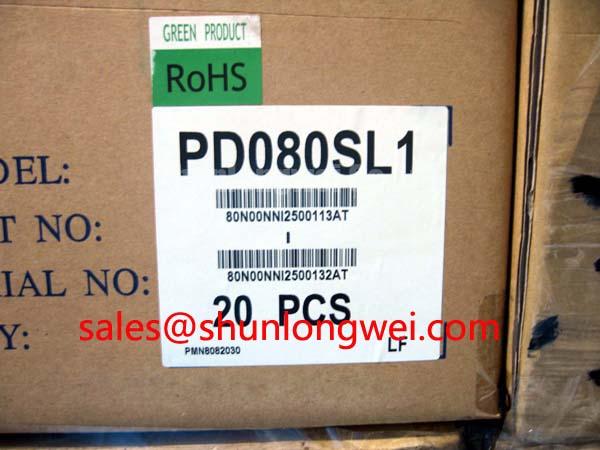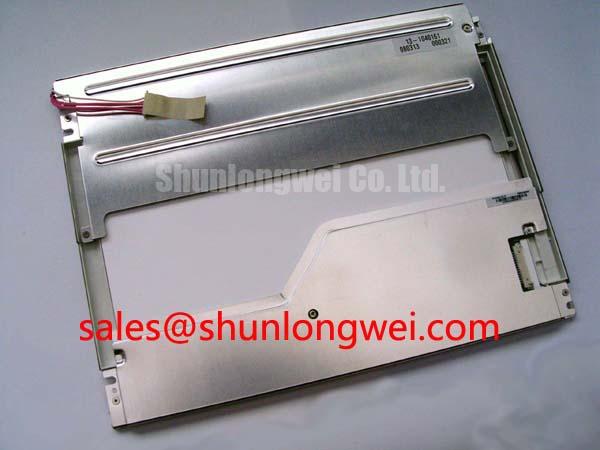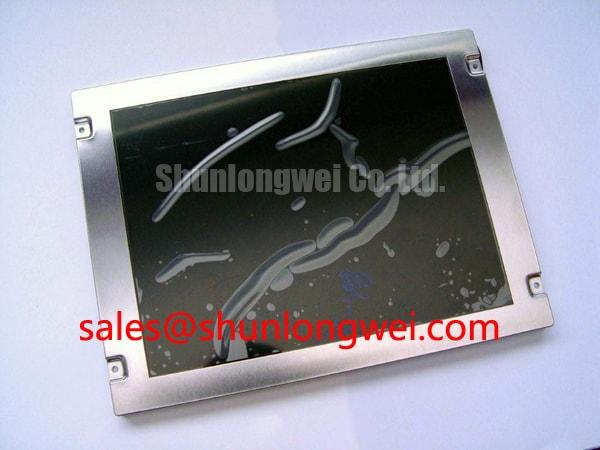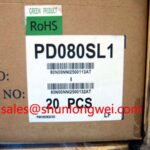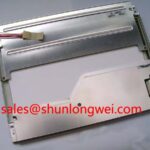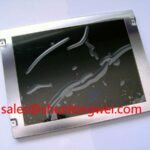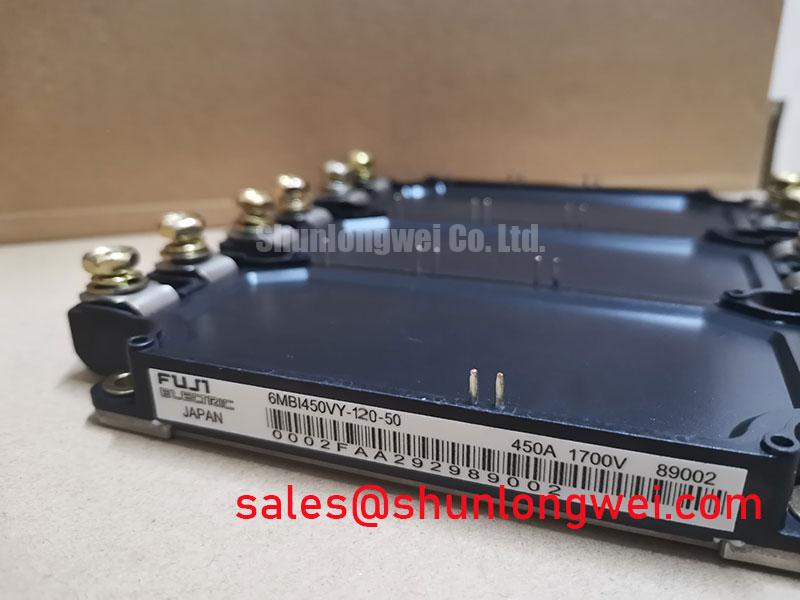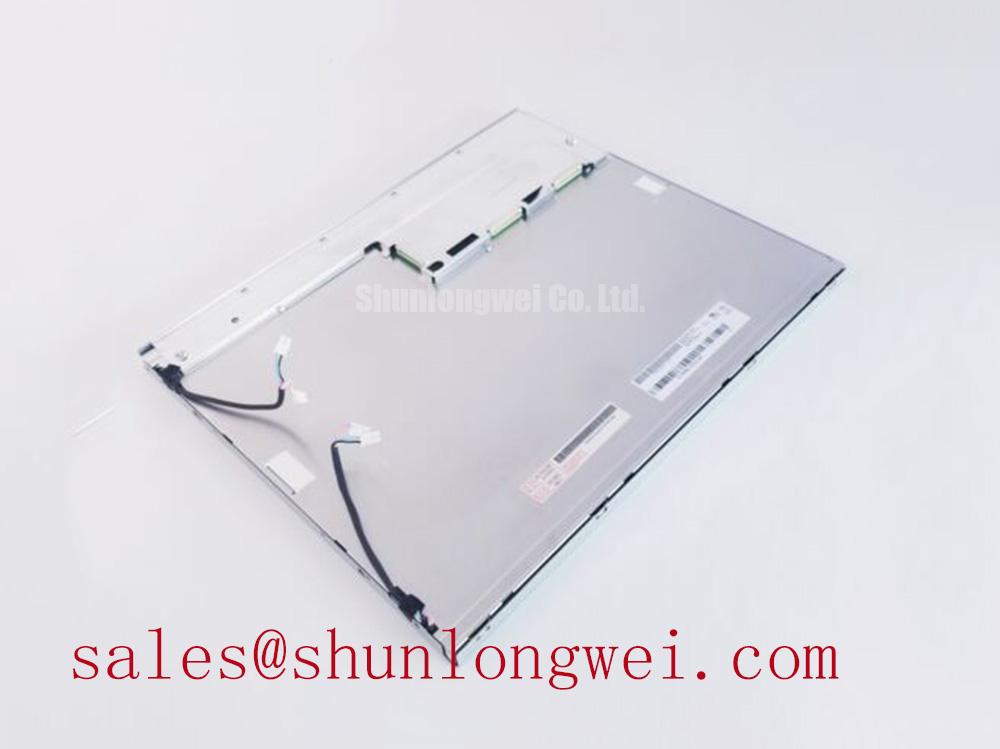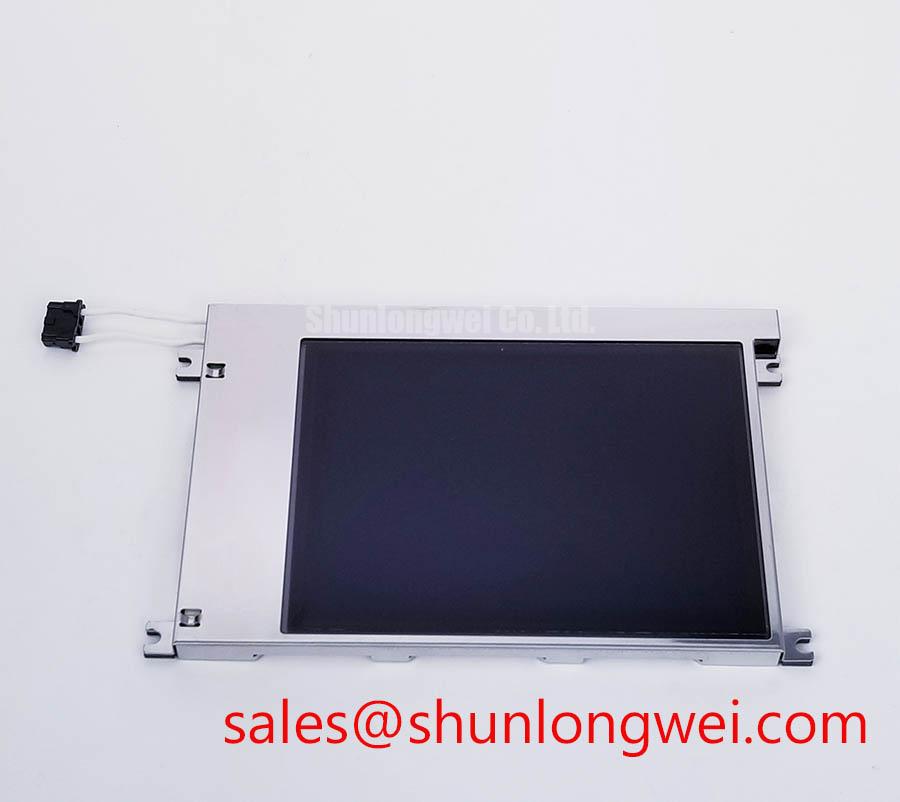PD080SL1: Engineering Grade 8.0-inch SVGA Display for Demanding Industrial Environments
A Robust Visual Interface for High-Reliability Systems
Content last revised on October 15, 2025.
The PD080SL1 is an 8.0-inch SVGA TFT-LCD module engineered for exceptional operational reliability and visual clarity in challenging industrial applications. Delivering a potent combination of a wide operating temperature range and high brightness, this display provides a durable and legible HMI solution. Key specifications include: 800x600 SVGA Resolution | 500 cd/m² Brightness | -20°C to +70°C Operating Temperature. Its core engineering benefits are sustained performance in thermal extremes and clear data readability in high ambient light. This module directly addresses the need for a robust display that can be deployed in environments without climate control, minimizing the need for auxiliary heating or cooling systems. For industrial control systems requiring dependable performance across wide temperature shifts, the PD080SL1's specifications establish it as a premier choice.
Key Parameter Overview
Decoding the Specs for Environmental Resilience
The technical specifications of the PD080SL1 are tailored for integration into industrial equipment where reliability is paramount. The following parameters are central to its performance profile. Highlighting its environmental and optical capabilities, the wide temperature range and high brightness rating are critical for systems deployed outside of traditional office settings.
| Feature | Specification | Engineering Implication |
|---|---|---|
| Display Size | 8.0 inch (diagonal) | Provides a compact yet sufficient viewing area for complex data and controls in HMI panels. |
| Resolution | 800 (RGB) × 600 [SVGA] | Ensures crisp, clear rendering of text and graphics, compatible with a vast ecosystem of industrial controllers. |
| Luminance | 500 cd/m² (Typ.) | Delivers bright, legible images in well-lit factory floors or control rooms, reducing operator error. |
| Viewing Angle | 70/70/50/70 (L/R/U/D) | Allows for clear off-axis viewing, a crucial feature for panels that are not always viewed from a direct-on position. |
| Operating Temperature | -20 ~ 70 °C | Guarantees stable operation in unconditioned environments, from cold-start conditions to high-heat industrial processes. |
| Storage Temperature | -30 ~ 80 °C | Provides a robust buffer for shipping and storage logistics, ensuring component integrity upon arrival. |
| Interface Type | Parallel RGB (1 ch, 6/8-bit) | A standard, widely supported interface that simplifies integration with existing system architectures. |
| Backlight | WLED with included driver board | The integrated LED driver simplifies power design, reduces the bill of materials (BOM), and shortens development cycles. |
Download the PD080SL1 datasheet for detailed specifications and performance curves.
Interpreting the operating temperature range of -20°C to +70°C is key. Think of it as the display's native operational resilience. Just as a vehicle designed for arctic and desert conditions requires no special modification for most climates, this display can be integrated directly into equipment destined for unheated warehouses or sun-exposed factory floors without requiring complex and costly thermal management systems. This directly reduces system complexity and improves the overall reliability of the final product.
Application Scenarios & Value
System-Level Benefits in Industrial Automation and Control
The PD080SL1 is specifically engineered for applications where environmental conditions are a primary design constraint. Its robust feature set provides tangible value in building reliable and long-lasting industrial equipment.
A high-fidelity engineering scenario is the development of a Human-Machine Interface (HMI) for a mobile logistics cart used in a large, unheated distribution center. In winter, the ambient temperature can drop well below freezing, while in summer, the internal temperature of the cart's electronics enclosure can rise significantly. The PD080SL1's -20°C cold-start capability ensures the display is operational immediately at the start of a shift, eliminating costly warm-up delays. Concurrently, its 500-nit brightness ensures that inventory data, pick lists, and system alerts remain clearly legible under the bright fluorescent lighting of the warehouse, which is crucial for maintaining accuracy and operator efficiency. The display's ability to handle these thermal cycles without performance degradation is a cornerstone of its value, leading to higher equipment uptime and a lower total cost of ownership.
For systems with similar environmental requirements but different form factors or legacy connections, related products such as the AT080TN64 may offer alternative integration paths while maintaining a focus on industrial-grade performance.
Frequently Asked Questions (FAQ)
Technical Clarifications for Design Engineers
How does the -20°C to +70°C operating temperature range impact system design and cost?
This wide range directly enables the deployment of equipment in environments without climate control, such as outdoor kiosks, unheated warehouses, or factory floors. For design engineers, this eliminates the need for ancillary heating or cooling components for the display, which in turn reduces power consumption, enclosure complexity, and the overall bill of materials (BOM). It translates to a more robust, reliable, and cost-effective final product.
What is the primary benefit of the integrated LED driver board?
The inclusion of the LED driver board simplifies the system integration process. It means designers do not need to source, qualify, and design a separate constant-current driver circuit for the backlight. This reduces design time, minimizes potential EMI issues associated with external drivers, and ensures the backlight is driven optimally for brightness and longevity, as specified by the manufacturer.
Is the 500 cd/m² brightness sufficient for outdoor applications?
A brightness of 500 cd/m² provides excellent readability in most indoor and high ambient light conditions, such as brightly lit factory floors or control rooms. While it is not considered fully "sunlight readable" (which typically requires 1000 nits or more), it is suitable for shaded outdoor applications or within vehicle cabins where direct, prolonged sun exposure is not a factor. You can learn more about this in our engineer's guide to sunlight-readable HMIs.
Does the Parallel RGB interface support both 6-bit and 8-bit color depths?
Yes, the datasheet specifies that the Parallel RGB interface on the PD080SL1 supports both 6-bit and 8-bit data signals. This provides flexibility for system designers, allowing them to connect the display to a wide range of microcontrollers and graphics processors, whether the application requires 262k colors (6-bit) or 16.7M colors (8-bit).
Application Vignette
Enhancing Reliability in Food and Beverage Processing HMIs
Consider the design of a process control panel for a food and beverage facility, an environment defined by stringent hygiene standards and significant temperature variations. The challenge for an HMI in this setting is twofold: it must withstand frequent chemical wash-downs (requiring a sealed NEMA enclosure) and operate reliably in areas that swing from cold storage entryways to the ambient heat of pasteurization and bottling lines.
Integrating the PD080SL1 provides a direct solution to the thermal challenge. Its ability to function flawlessly down to -20°C means the HMI panel can be installed near refrigerated zones without risk of the liquid crystal freezing or response time degrading critically. On the other end, the +70°C tolerance provides ample headroom for heat buildup within the sealed enclosure, which lacks active ventilation. This thermal resilience is a key enabler for designing a passively cooled, fully sealed HMI, which is easier to certify for sanitation standards. The 500-nit brightness ensures that critical process data, like temperatures and pressures, remains unambiguous to operators, even under the glare of harsh industrial lighting, contributing to both plant safety and product quality control. The ultimate system-level benefit is a more reliable, lower-maintenance HMI with a longer operational life, reducing production downtime—a critical metric in high-throughput industries.
Strategic Outlook: The Value of Environmental Durability
As industrial automation pushes into more diverse and demanding environments, the reliance on components that are inherently robust increases. The PD080SL1 exemplifies a design philosophy where environmental resilience is not an afterthought but a core feature. For system architects and procurement managers, selecting a display like this is a strategic decision. It de-risks new product development by ensuring the visual interface—a critical point of human interaction—is not the weakest link in the operational chain. This focus on durability aligns with the broader industry trend towards creating systems with lower maintenance overhead and a superior total cost of ownership, a principle championed by leading manufacturers like AUO and Tianma.

